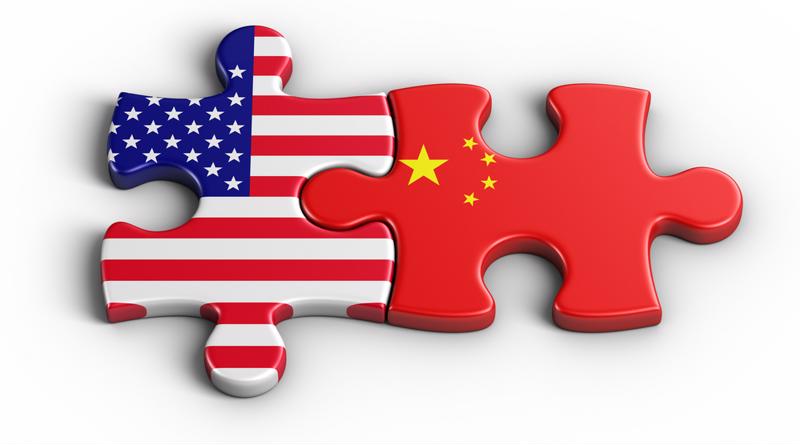
How U.S.-China trade tensions could affect employment and staffing
Throughout 2018, few economic issues have dominated the news cycle quite as much as the international trade tensions in various markets, particularly the ongoing dispute between China and the U.S. Tariffs are the central sticking point in this feud, with the White House under President Donald Trump claiming that China floods the market with low-quality goods – particularly steel and aluminum, the subject of the initial tariffs earlier this year – and Chinese President Xi Jinping accusing the U.S. of fabricating the issue and imposing counter-tariffs on soybeans and dozens of other U.S. imports.
While other countries engaged in similar trade conflicts with the U.S. during 2017, China remains the economic bête noire of the Trump administration, and most recent indications suggest that the dispute between the world's two largest economies isn't going to end any time soon. Business leaders who are already seeing this geopolitical conflict affect their operations – or fear that such adverse effects could easily arrive soon – should ensure they comprehensively understand how the U.S.-China tit-for-tat may affect matters outside of direct sales, such as staffing and productivity.
Roots of the trade war
President Trump's dim view of international trade policies and their effects on American businesses predates his assumption of the U.S. presidency, popping up as a frequent talking point during his 2016 campaign and dating back even to when he was best known as a real estate mogul and reality television star. Initial signs that Trump would pursue the issue as president surfaced in 2017 upon his request for an investigation into Chinese trade policies, according to BBC News. He formally imposed the levies on foreign steel and aluminum early in July 2018, under the provisions of an obscure piece of trade legislation from 1962, as The Atlantic pointed out.
Though the president initially claimed certain countries would be exempt from the tariffs, including Canada, Mexico and European Union member states, he ended up not granting or failing to extend many such exceptions. The EU retaliated almost immediately with its own tariffs on distinctly American products ranging from whiskey and rum to potatoes and tomatoes, and China struck back at the U.S. not long after that, ordering import taxes on soybeans and other major American cash crops.
All told, the U.S. issued tariffs on more than $250 billion in Chinese products over the course of 2018, while China's duties on American imports reached a value of approximately $110 billion. In early December 2018, Presidents Trump and Jinping met and agreed upon a 90-day halt to the tariffs to allow for negotiations that might limit some of the import taxes on both sides, according to Bloomberg. However, in a Dec. 18 speech to a Beijing crowd, Jinping took a defiant nationalist stance that appeared less than conciliatory to various political and economic analysts who spoke with the news provider.
Potential effects on businesses' staffing and other concerns
A report by Reuters from early September found minimal effects on the American economy that were directly traceable to the tariffs, but cited SS Economics chief economist Sung Won Sohn's concern that any escalation beyond the import taxes already in place would drive up prices to a point that would necessitate layoffs. Just a few weeks later – Sept. 24 – China and the U.S. slapped tens of billions in additional tariffs on each other. It's not entirely clear how much personnel downsizing this caused, but when comparing jobs reports from the Bureau of Labor Statistics from October to November, the considerable drop in jobs added from month to month – more than 250,000 in October to about 150,000 in November – indicates a notable slowdown in job growth.
Manufacturing, the field so often touted by Trump, has added jobs all year, but mostly in durable goods, and the primary metals sector that the tariffs would most directly aid has seen only limited employment growth. Automotive manufacturing, meanwhile, experienced price increases all year that forced companies to lower profit projections, move production out of the U.S., increase consumer costs and in some cases resort to layoffs, as noted in another BBC News article. Essentially, any direct producer or retailer that would ordinarily rely on goods from China – or, to a lesser extent, the EU – could see trouble spots in its bottom line in the near future, which might lead to staffing issues. Companies experiencing such issues or at risk of them would do well to solicit counsel from staffing experts able to provide an objective analysis of the situation and suggest viable solutions.
Uncategorized
